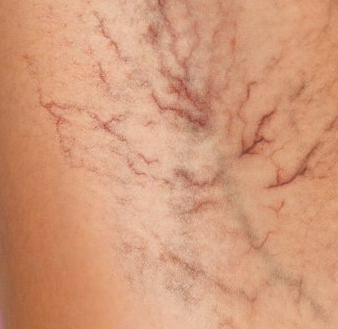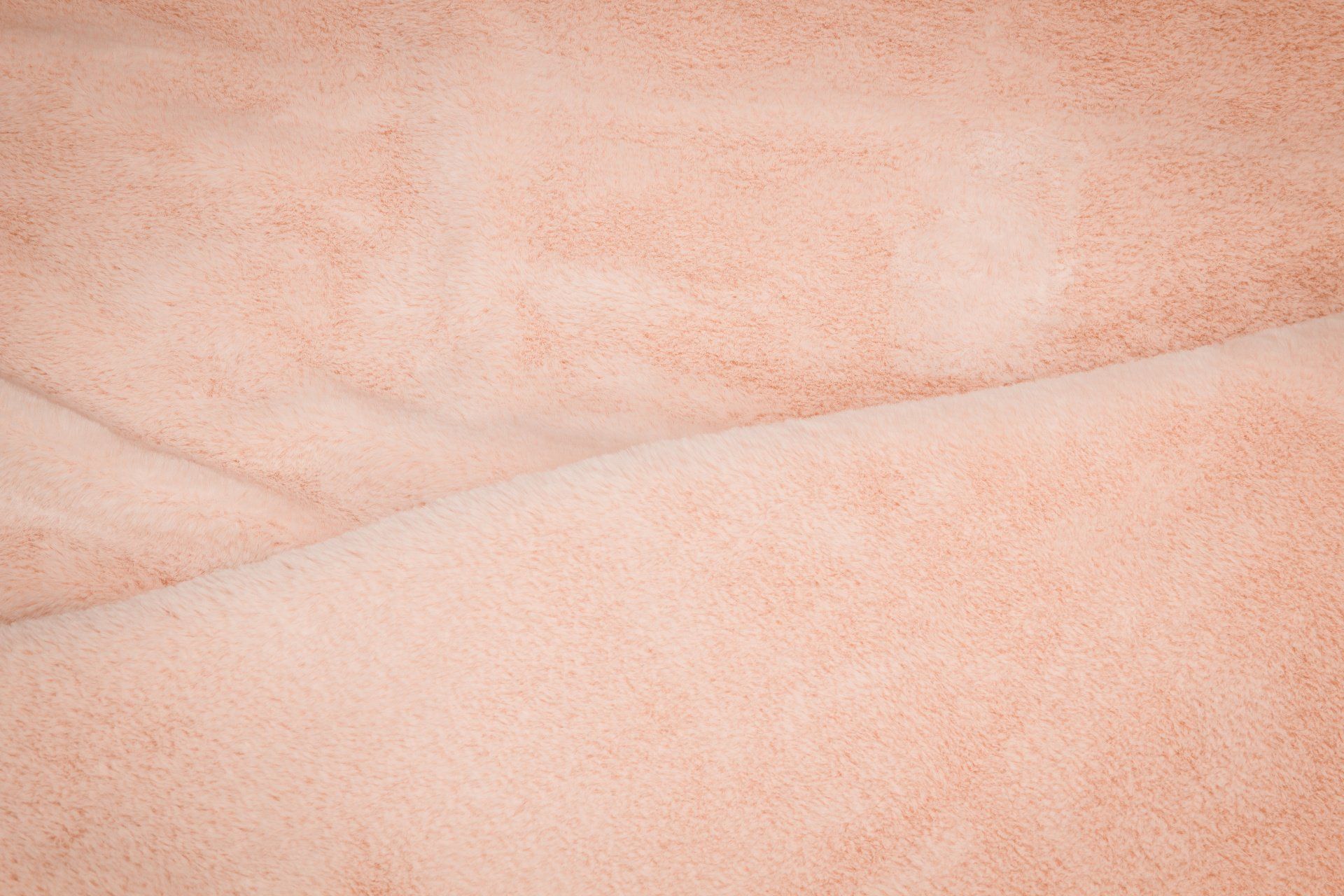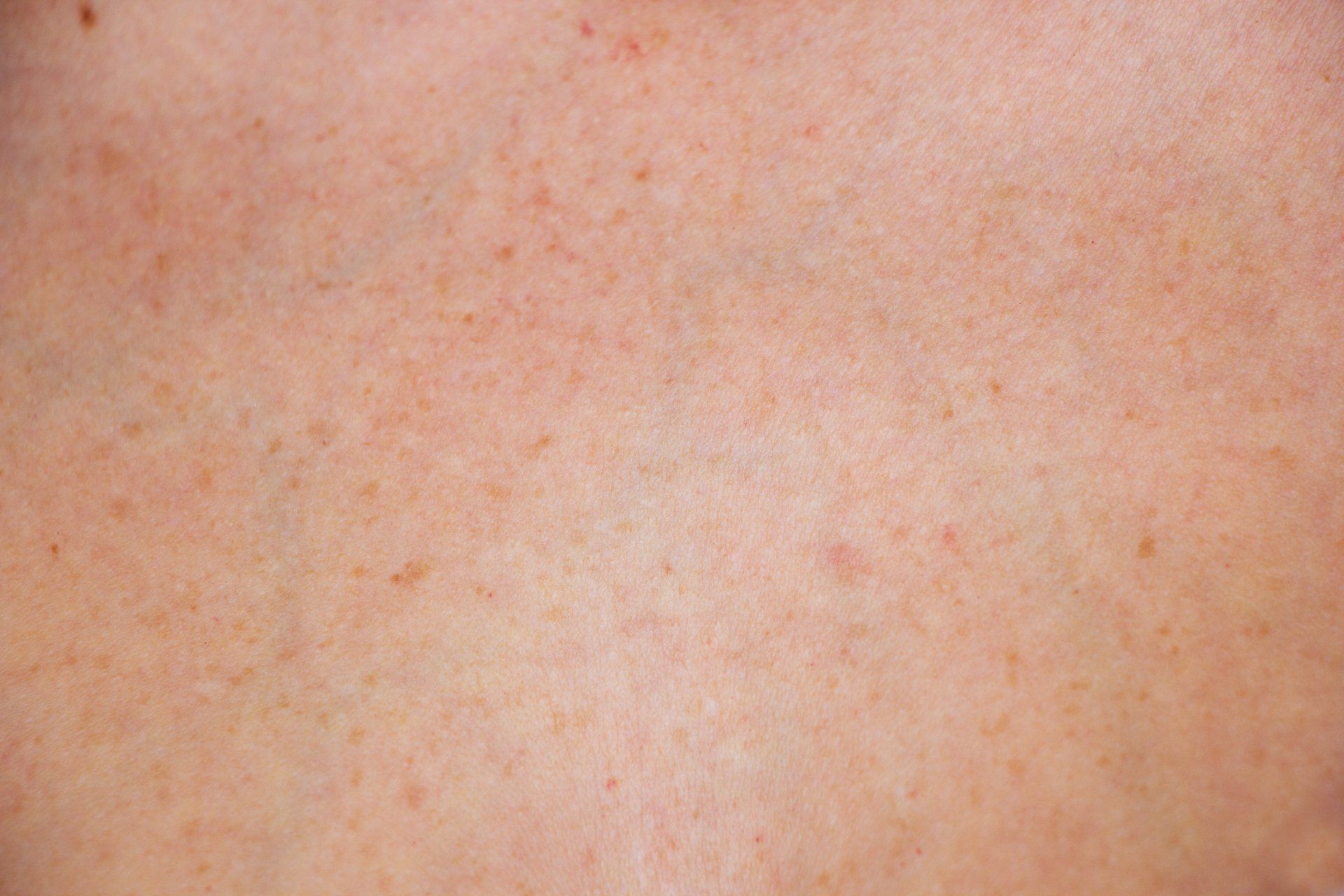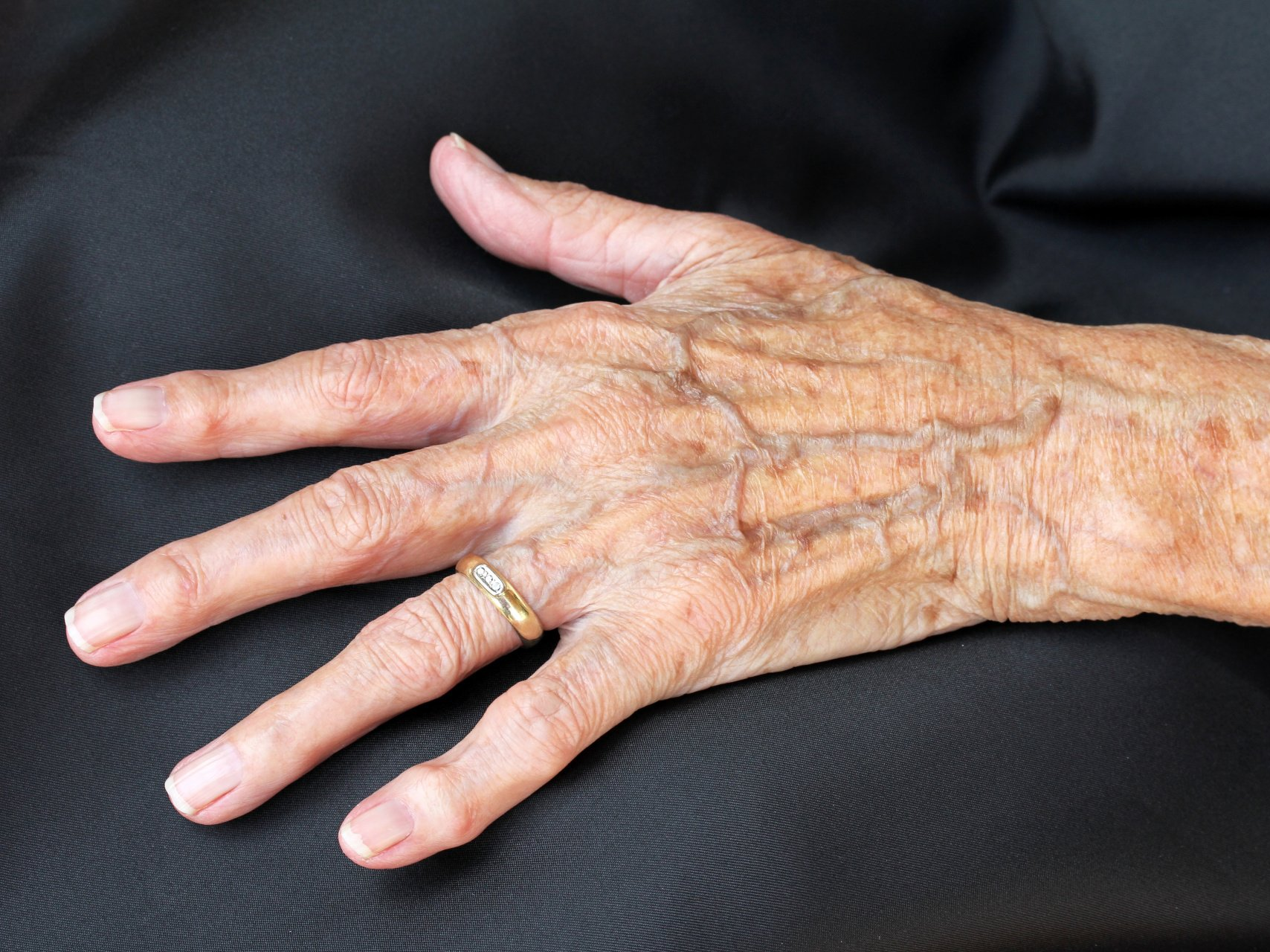parchment skin,
is very dry, sometimes scaly skin. The skin is sensitive and easily cracks or splits open. In addition, the skin is often very itchy and is therefore often unintentionally scratched. Hands, forearms, and shins are most commonly affected by parchment skin. The skin on these body regions is generally rather thin, with little subcutaneous fatty tissue. The skin appears transparent due to the lack of subcutaneous fatty tissue, which makes the veins under the skin clearly visible. In addition, the thin skin becomes prone to bruising.
Typically, with a parchment skin, a small fold of skin will remain for a few seconds after lifting the skin between two fingers in most cases. The development of parchment skin is often age-related. In addition, certain medications (e.g. cortisone) or diseases promote the development of parchment. In old age, a parchment skin can occur due to the natural aging process of the skin, because the skin becomes thinner in everyone with increasing age, even if there is no underlying disease.










